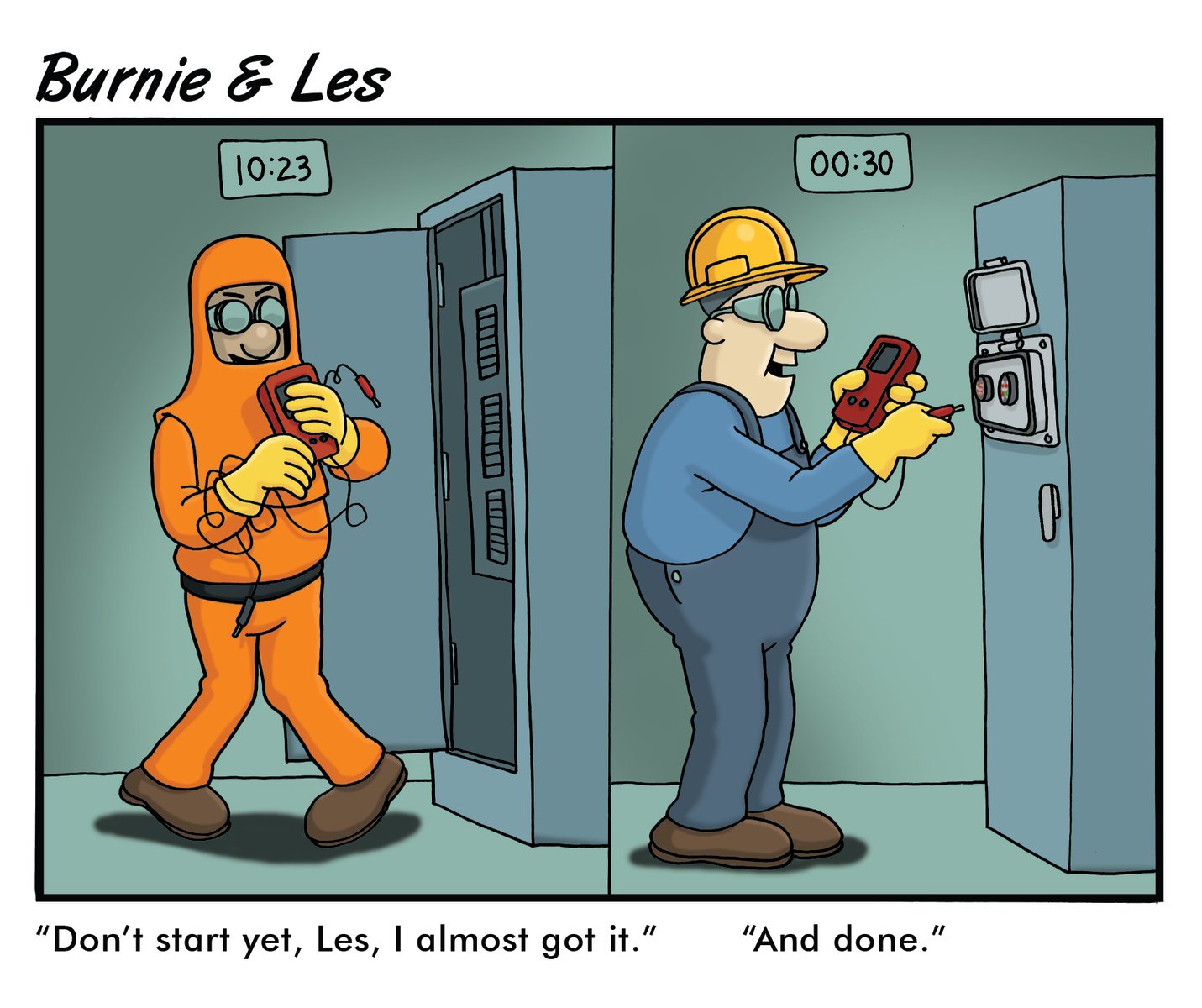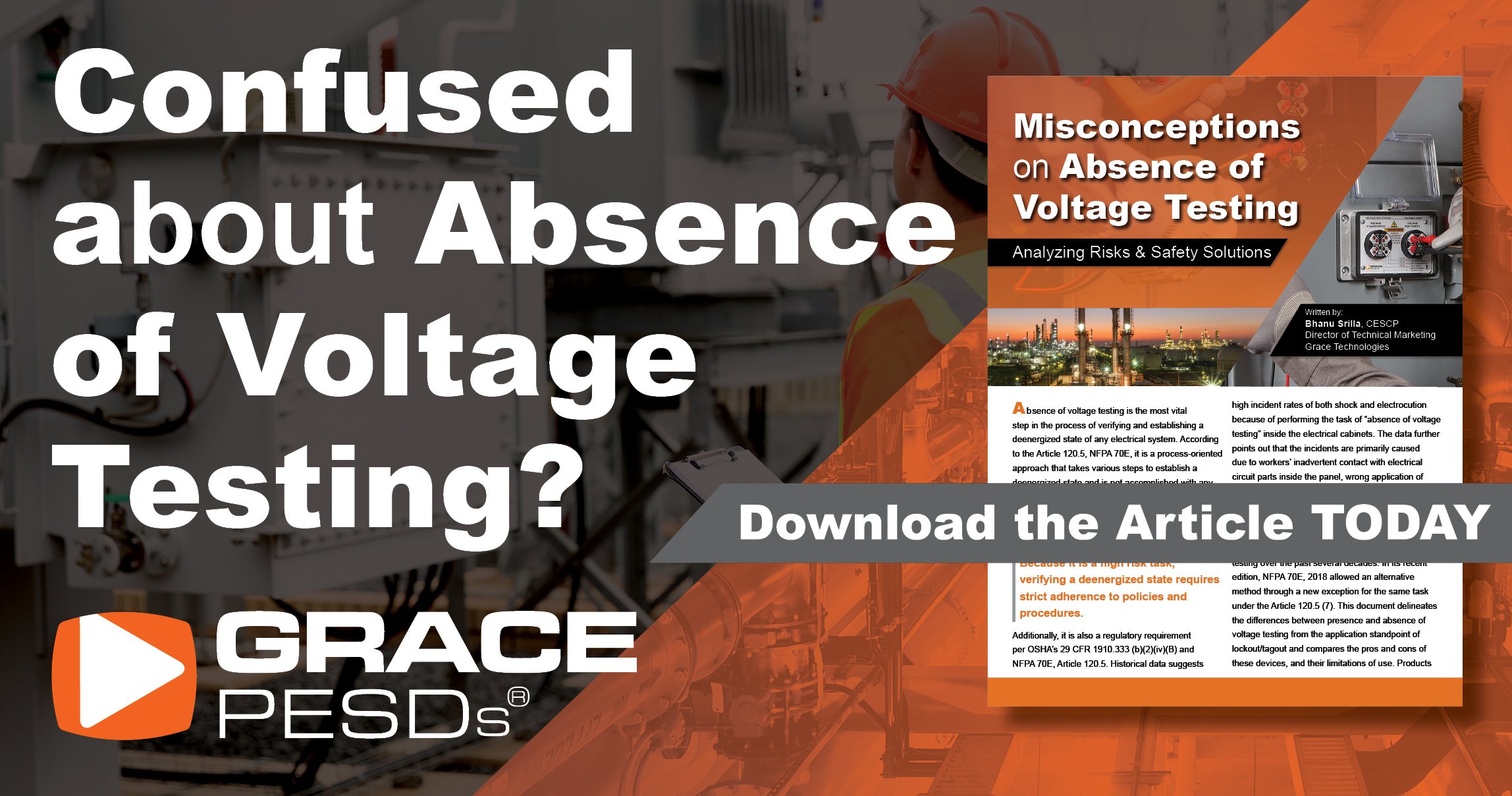
Permanent Electrical Safety Device (PESD) users have reported an increase in safety and productivity when using them to test for absence of voltage. PESDs provide a safer and more productive means of performing Mechanical or Electrical Lockout/Tagout (LOTO) procedures. PESDs such as the Voltage Test Station (VTS) combine a voltage presence LED indicator with a high-impedance protected Safe-Test Point for Absence of Voltage Testing.
For Torrance Casting, safety is about more than just compliance. The metal casting facility located in La Crosse, WI has a marvelous history of 145-plus years of a family-owned business that is now transitioning into the sixth generation, and potentially continuing. They describe their commitment and concern for the community, being a good neighbor, a good employer within their geography, and servicing their customers beyond expectations. Part of the culture they have established as a family-owned business has led Torrance Casting to implementing initiatives in terms of electrical safety that go beyond compliance to achieve maximum safety.
The guidelines within NFPA 70E standard point to what companies are required to do, and some only are willing to achieve minimum compliance (others fall short of even that). Torrance Casting understands that because they can improve worker safety, create a more reliable and safer electrical program, they can protect their employees and become more efficient at the same time.

Unique to the metal casting facility’s environment is a furnace that is one of their most critical assets. The furnace is directly connected to a medium voltage transformer and is unique because it goes from that medium voltage transformer directly to a motor control cabinet operating at 575V in the process. Upon analyzing the safety concerns for their workers operating within this cabinet, they enlisted the help of a reputable electrical contractor and their expertise to devise a safer solution.
In association with ASG Electric, the company conducted an arc flash calculation. Given how close it is to medium voltage and the type of fusing, the calculated incident energy was 119 calories. The cabinet configuration proved to be quite a challenge and from there. The question from the facility manager at that time was, “How do I open the door and do inspection when it's 119 calories?”
ASG Electric surmised that the best-case scenario is that they shouldn’t have people in that cabinet at all unless they can absolutely be assured that they are within an electrically safe work condition, as defined by NFPA 70E standards. This led ASG and Torrance to investigate Absence of Voltage Testing devices.
As ASG Electric did their data collections, their TEGG Services protocol gave them all the pictures, images, and details they needed. After attending an electrical safety webinar on the topic of absence of voltage testing, ASG’s owner and operator, Chuck Fox, reached out to the presenter, Bhanu Srilla, Director of Technical Marketing at Grace Technologies, to help develop a permanent electrical safety solution.
Having this hazardous piece of equipment identified and having learned of Grace’s Absence of Voltage Testing solutions, Torrance was able to move forward and enhance their safety program with GracePESDs.
Grace presented the Voltage Test Station as a viable solution for this application. The Voltage Test Station makes electrical safety simple by allowing users to perform LOTO and absence of voltage testing the same way you do today, only without having to open the cabinet door and create exposure to high incident energy.
This absence of voltage testing PESD empowers qualified personnel to go beyond the minimum compliance set forth by the NFPA 70E and OSHA standards. The verification of voltage presence is illuminated by LED lights with the built-in voltage indicator, while the second component, the Safe-Test Point, provides the ability to test for absence of voltage with their trusted metered devices.

With the solution of installing GracePESDs, Torrance Casting has eliminated the exposure to the worker by incorporating the Voltage Test Station as an absence of voltage testing device. From the perspective of the risk control hierarchy, the methodologies therein account for the risk associated with human interaction.
Going down the hierarchy indicates less control that requires more correct interaction from the human side to be able to handle that level of risk assessment and risk control. The results and benefits that Torrance, ASG, and Grace implemented enabled true testing to still be in the hands of the qualified worker, but it's brought to the front door of the cabinet with the installation of the Voltage Test Station.
Absence of Voltage Testing is a hot topic among safety experts and electrical safety product manufacturers right now. This comes in the wake of a recent revision to NFPA 70E with Exception No. 1 of Article 120.5 (7). We have a few folks at Grace with decades of experience in this sector who have helped pull together the clearest interpretation of what Exception No. 1 means for Absence of Voltage Testing and GracePESDs. Click here to learn more.


